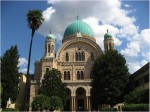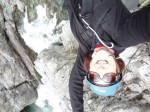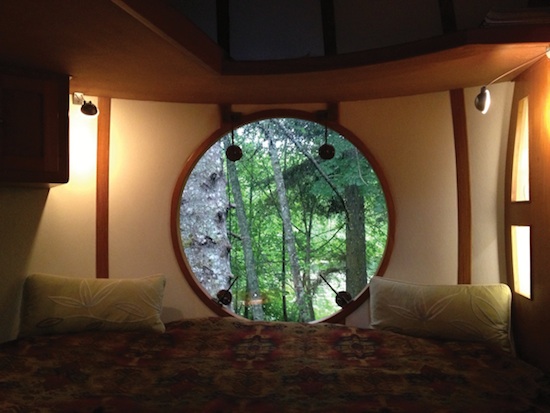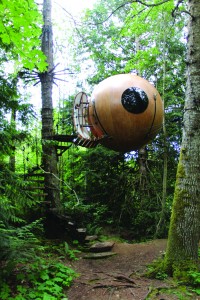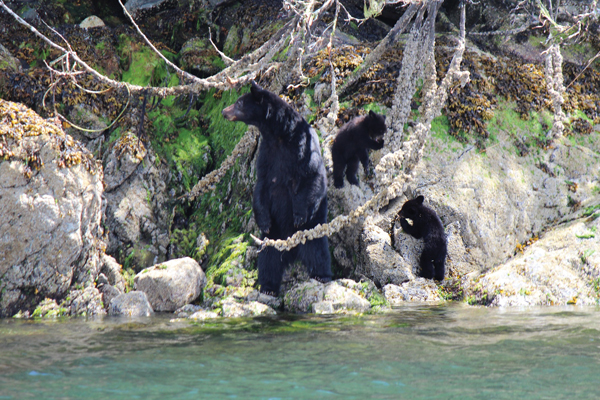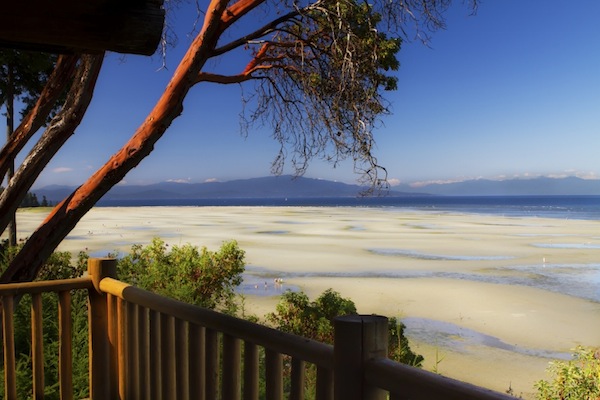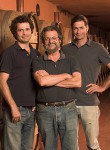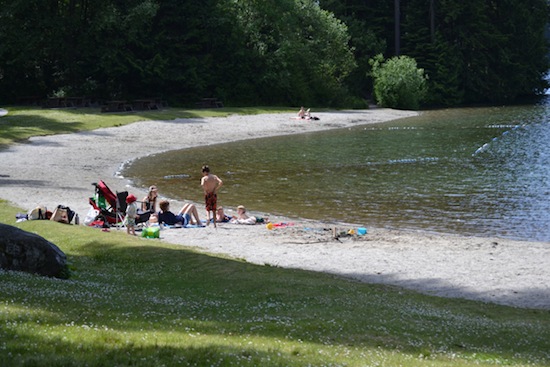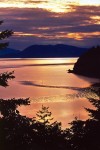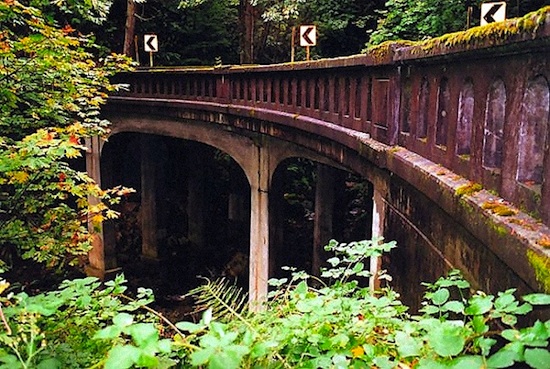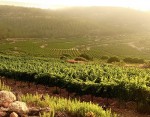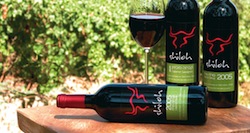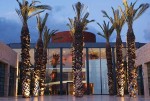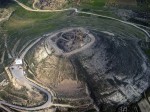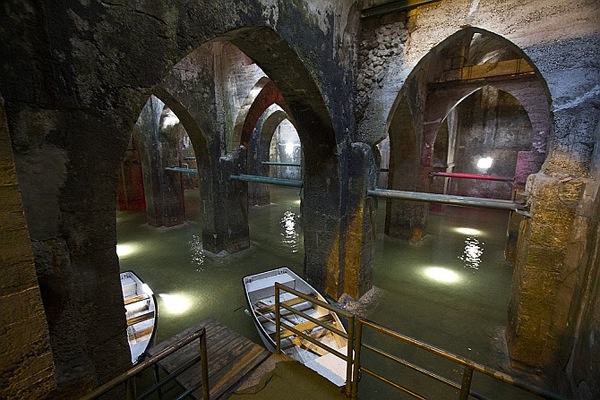The Great Synagogue of Florence, one of the most beautiful in Europe, was built in 1882 in the Moorish style. (photo by Shoshana Reich)
We got to Florence, that inimitable Italian city of art and beauty, in a roundabout way. First, we spent some time in Tel Aviv, at the elegant new boutique hotel, Gilgal, just a few minutes’ walk from the long seaside promenade. With its beautiful rooms, superb roof-terrace outdoor restaurant, with its view of the blue Mediterranean, the Hotel Gilgal was a memorable place to stay.
We had a very early morning flight to Italy, but we were lucky to discover another amazing hotel, sure to delight passengers flying out of Ben-Gurion Airport. Hotel Sadot, in Be’er Yaakov, offers free transport almost around the clock to the airport, and it not only offers a munificent buffet breakfast, but – surprise! – if you arrive in the afternoon, you are invited to an elaborate buffet supper, included with the cost of your stay.
As our plane approached the Florence airport, we had a clear glimpse of the building that dominates the city’s skyline: the Great Synagogue of Florence. The anchor of Jewish life in Florence, the magnificent blue-green-domed grand synagogue on Via Farini is the largest and most impressive synagogue in Italy and one of the most stunning in all of Europe, with a seating capacity of 1,200.
Built in 1882, the synagogue is decorated in the Moorish style. Besides its vast central dome, it has two side towers with smaller domes and wooden furnishings, and boasts Venetian mosaics on the walls that flank the aron kodesh. The other walls of the sanctuary feature arabesques, highlighted with gold and geometric motifs.
In front of the synagogue is a large formal garden and in the synagogue’s courtyard stands a memorial plaque with names of Jewish soldiers who fell fighting for Italy in the First World War. Alongside this plaque stands two memorial tablets with the names of local Jews who during the Second World War were sent to concentration camps and those who were killed in Italy by the Nazis.
During Sabbath services, we witnessed a beautiful bat mitzvah. After the Torah reading, the 12-year-old girl was escorted up the long, carpeted aisle to the bimah by her father and uncle. There, she recited the Shema and gave a short commentary on the Torah portion – a ceremony in a traditional shul that would not likely happen in a North American Orthodox synagogue.
Later, an elaborate kiddush was offered in the garden outside the sanctuary, a delicious meal catered by Ruth’s, the only kosher restaurant in Florence, located next door to the synagogue entrance at Via Farini 2A. On a weekday, we had occasion to dine at Ruth’s, managed by the gregarious Simcha Jellinek. For its variety of tasty dairy dishes and moderate prices, this restaurant is a find in Florence.
Today, the community of 850 Florentine Jews is led by Rabbi Yosef Levi. Services are held every Friday night and Shabbat morning and also on Mondays and Thursdays. The community has a kindergarten, a Talmud Torah school with 45 students, ranging in age from 6-15, a youth organization, a centre for Jewish culture and an old age home.
The Jewish museum, which occupies two upper storeys in the synagogue, displays Jewish artifacts from the 16th-18th centuries and documents the story of Florentine Jews throughout several hundred years, through the Holocaust and the postwar period.
Jews began residing in Florence in the early 1400s. By 1570, they were confined to a ghetto, near today’s main street, Piazza della Repubblica. They were prohibited from joining the guilds and could only deal in textiles and second-hand goods. However, by the mid-18th century, their condition gradually began to improve until 1848, when the ghetto was opened up and Jews could live anywhere.
For our stay in Florence, we chose the elegant riverside Hotel Berchielli ([email protected]), right near the historic centre of town. Its good-humored and helpful personnel, beautiful large rooms, and wide-ranging and delicious buffet breakfast made our visit memorable.
All the city’s famous sites, including the Duomo, the pedestrian streets with their nighttime street performers, the Ponte Vecchio, the high-end shopping area, the Uffizi Gallery and the synagogue, too, are all a short walk from the hotel. Hotel Berchielli is so conveniently located we did not have to take a taxi or any public transportation while in Florence.
Florence is also a good point for other excursions.
A 30-minute uphill bus ride from Florence is the beautiful suburb of Fiesole. Here, you are in a world apart, with grand views of Florence below at every turn. The pastoral Tuscan landscape is especially enjoyable at the welcoming Villa dei Bosconi (villadeibosconi.it), with its lovely lawns and refreshing swimming pool. We spent a relaxing three-day journey here, enjoying the walks to town, the countryside strolls and, of course, the marvelous buffet breakfast on the villa’s outdoor terrace.
Another superb side trip is to the Cinque Terre, a group of five villages, which cling to the craggy mountains that abut the Ligurian Sea. After a scenic two-hour train ride to La Spezia, we arrived at the imaginatively designed and welcoming Eco Albergo delle Spezie on Via Cavallotti. The next morning, after a wonderful breakfast, we walked to the quay and boarded a tour boat that stops at each of the five villages and gives you a glorious view from the sea of these picturesque places. For information, visit cinqueterre-travel.com.
To get the most out of your rail journeys, be sure to buy a Eurail Pass, a money-saving convenience available only while you’re still in the United States or Canada. A pass lets you choose destinations at will or change your itinerary, omitting long waits in line for tickets. For information and special offers, visit raileurope.com or call 1-888-382-7245. For some high-speed trains in Italy, reservations are mandatory.
Curt Leviant’s most recent book is the comic Zix Zexy Ztories. Erika Pfeifer Leviant’s articles on travel and art appear in various publications. Shoshana Reich, photographer, is a student at the Parsons School for Design.

